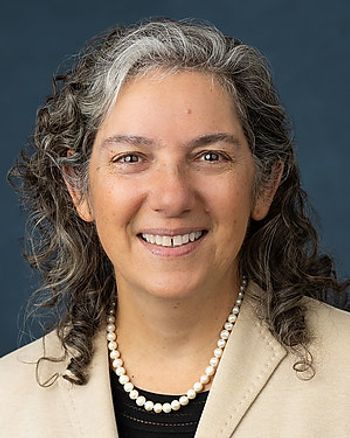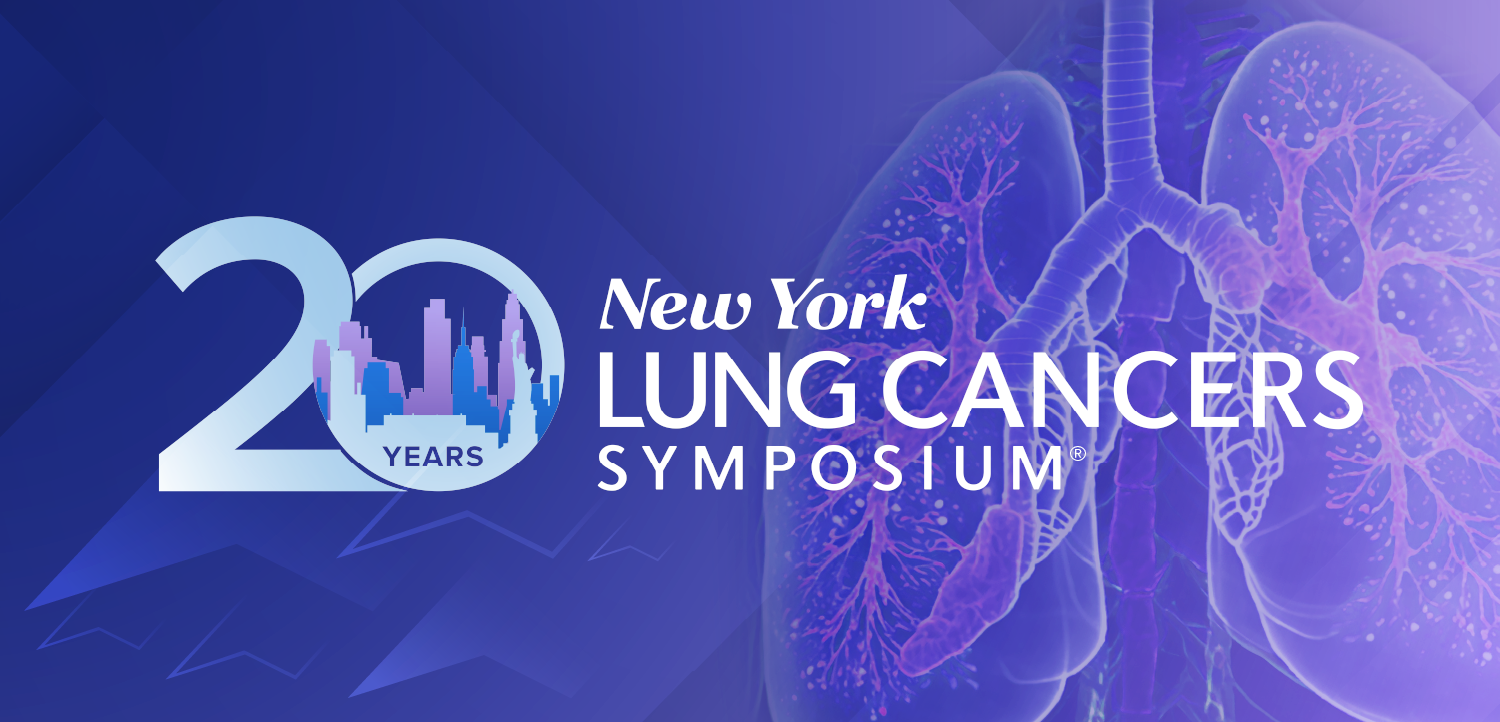
Pulmonary Fibrosis Foundation Celebrates 25 Years
CEO Scott Staszak spoke to Managed Healthcare Executive about the creation of a patient registry and other accomplishments.
The Pulmonary Fibrosis Foundation (PFF) is celebrating its 25th anniversary, and CEO Scott Staszak is proud of the progress that’s been made since its inception and the groundwork PFF is laying for a better future for people impacted by pulmonary fibrosis.
Prior to coming to PFF, Staszak had worked in the arts and culture area at the Field Museum of Natural History in Chicago in its finance department. He was recruited to be PFF’s CFO about 15 years ago. Back then, the foundation was operating with a $1.2 million budget and a staff of 7, and today, PFF has 40 employees and a $12 million budget. He was appointed CEO in July 2024 after holding the position on an interim basis for several months.
Staszak spoke with Keith Loria, a regular contributor to Managed Healthcare Executive, about PFF’s past, present and future as it honors its silver anniversary.
I understand you have a personal connection with pulmonary fibrosis. Can you talk about how it’s impacted you?
When I started in 2011, I had no awareness of pulmonary fibrosis, which is a similar pathway that most of the patients and their family members experience also. In the summer of 2014, I was speaking to my mother on the phone, and nonchalantly, she told me she was diagnosed with idiopathic pulmonary fibrosis. She only lived about 15 months post-diagnosis. I believe it gave me a better understanding and empathy for what the experience is for both the patients and the family members and caregivers. I try to look at that negative experience and use it in a positive way with the work that I do at the foundation.
One of the major milestones PFF has achieved over the last 25 years concerns its research program. Can you elaborate on its importance?
When I arrived, our main program was our research grant program. Since 2000, we’ve invested about $7 million into awards to researchers. One of the things I’m most proud of is that, through our robust peer-review process, that investment has resulted in those same researchers going on to acquire subsequent funding of at least $306 million, mostly federal grants. For us, that’s important because we want to stimulate early-stage investigators and keep them interested in the space and ensure that groundbreaking research is happening.
What was the significance of launching the PFF Registry?
There wasn’t a multicentered registry across the U.S., with a large number of patients being tracked, but we saw in other disease spaces that these registries were extremely beneficial to research. We learned from others and, in 2015, were able to secure the funding fully to execute it. What we were able to do is recruit 2,000 patients across 42 academic medical centers and follow them for six years. [The registry] not only got their clinical data but also obtained blood samples and high-resolution CT scans. By having this huge data set, it allowed us to have 80 studies so far that have used the patient registry. We offer it at no cost for researchers. From my vantage point, the number of researchers — both in academia and the pharma sector — has grown significantly. There are a lot more people studying this disease.
Talk about some of the accomplishments PFF has done to help shape the industry.
One thing we have done in the last number of years, because the industry pipeline was expanding so much, is form a corporate committee that allowed membership of pharma companies to all come together under our leadership and have conversations about what challenges they are having with executing their trials and designing their trials. That has been a real pointed effort for the foundation because the more efficient and successful the trials are, the better it is for our patient community.
Another thing is we started the Prognostic Lung Fibrosis Consortium (PROLIFIC). We had the registry and were sitting on all these blood samples and wondered what we could do. There’s been a lack of biomarker identification or drug development in our space. With PROLIFIC, leading pharmaceutical companies and foundations collaborate to boost scientific exploration and drug development in pulmonary fibrosis.
Any new initiatives coming out in the next year?
With this being our 25th anniversary, our current strategic plan was nearing the end of its lifecycle, so we started working on a new plan, and that will be launched publicly this November at the PFF Summit, which will be held in Chicago. While the plan isn’t finalized yet, one of the areas of focus will be expanding our reach. We want to be sure we are engaging at the community level and helping to elevate the level of care and knowledge of the patients being seen.
Newsletter
Get the latest industry news, event updates, and more from Managed healthcare Executive.


















































